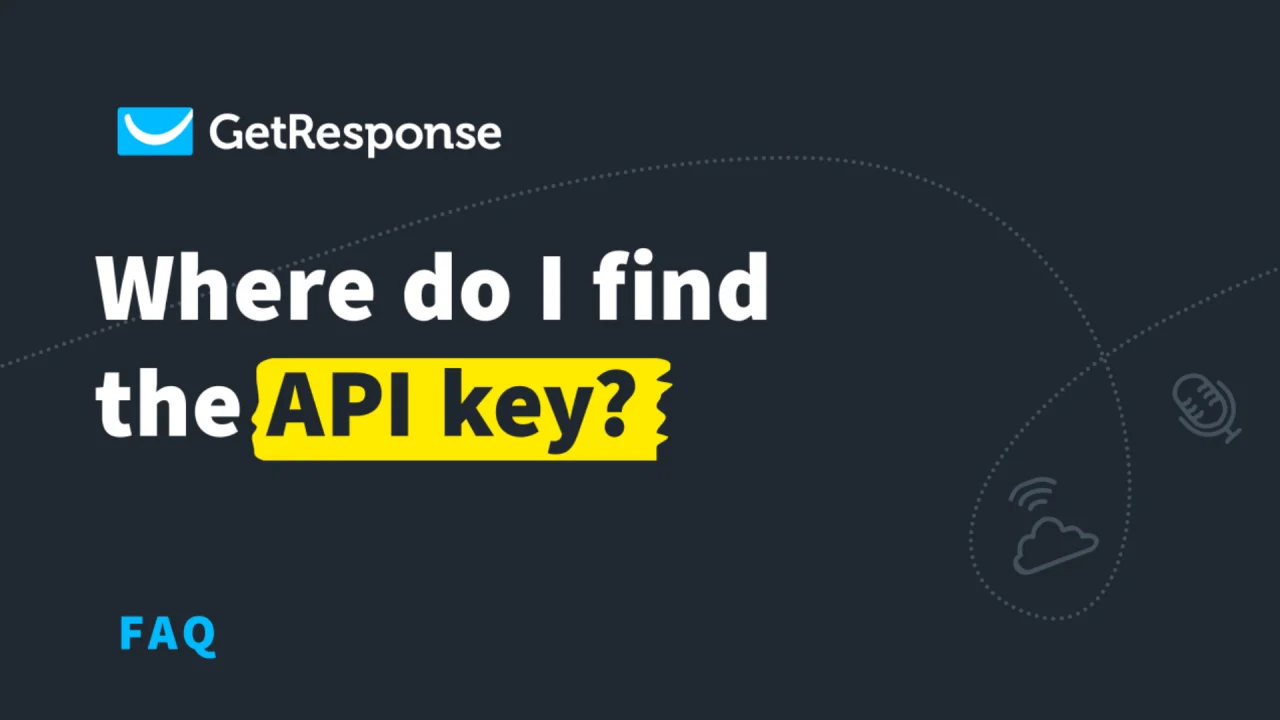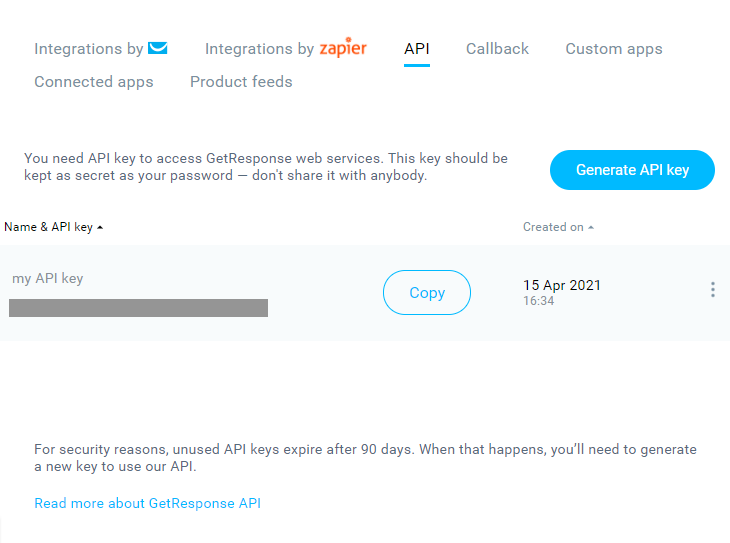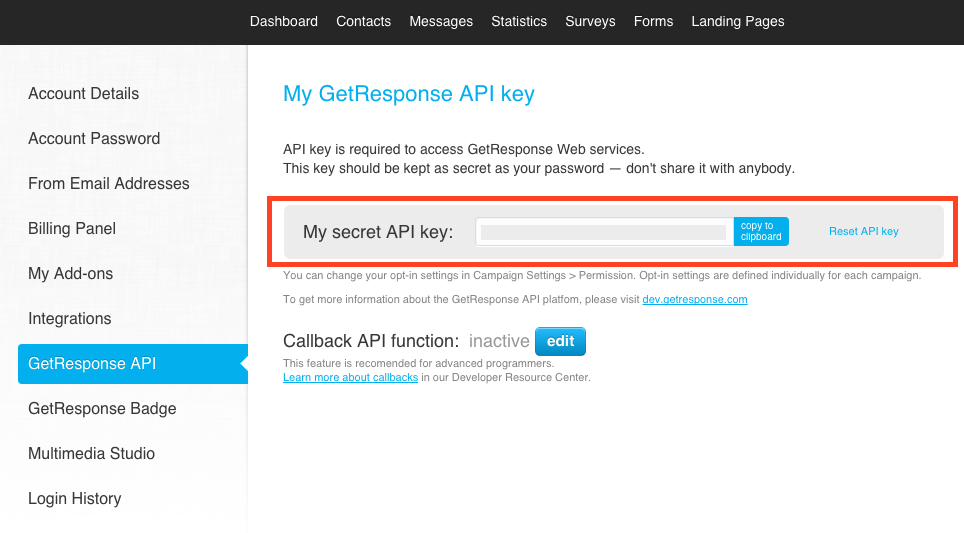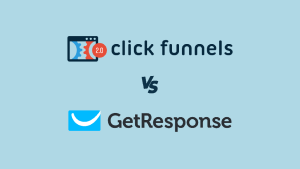If you’re looking to harness the power of email marketing and automation, understanding how to get the GetResponse API key is essential. This key is your gateway to integrating GetResponse with other applications, automating your marketing efforts, and enhancing your overall productivity. In this comprehensive guide, I’ll walk you through the steps to obtain your GetResponse API key, along with tips, insights, and best practices to make the most of it. So, let’s dive right in!

Source: www.getresponse.com
What is the GetResponse API Key?
The GetResponse API key is a unique identifier that allows you to access GetResponse’s features programmatically. This means you can connect GetResponse with various applications, automate tasks, and manage your email marketing campaigns more efficiently. Whether you're a developer looking to create custom integrations or a marketer wanting to streamline your processes, having this API key is crucial.
Why Use the GetResponse API?
Using the GetResponse API can significantly enhance your marketing strategy. Here are a few reasons why you should consider utilizing it:
- Automation: Automate repetitive tasks, such as adding new subscribers or sending follow-up emails.
- Integration: Connect GetResponse with other platforms like CRM systems, e-commerce sites, and social media.
- Customization: Create tailored solutions that meet your specific marketing needs.
- Data Management: Access and manage your data programmatically, making it easier to analyze and optimize your campaigns.

Source: www.getresponse.com
How to Get Your GetResponse API Key
Now that you understand the importance of the API key, let’s go through the steps to obtain it. The process is straightforward and can be completed in just a few minutes.
Step 1: Sign in to Your GetResponse Account
To begin, you’ll need to log in to your GetResponse account. If you don’t have an account yet, you can sign up for a free trial on their website.
- Go to the [GetResponse login page](https://www.getresponse.com/login).
- Enter your credentials and click on the “Login” button.
Step 2: Navigate to API Settings
Once you’re logged in, you’ll need to access the API settings.
- Click on your profile picture or initials in the top right corner.
- From the dropdown menu, select “Integrations & API.”
- In the left sidebar, click on “API.”

Source: www.getresponse.com
Step 3: Generate Your API Key
Now it’s time to generate your API key.
- On the API page, you’ll see an option to create a new API key. Click on “Create API key.”
- You’ll be prompted to enter a name for your API key. Choose a descriptive name that reflects its purpose (e.g., “My Website Integration”).
- Click on the “Generate” button.
Your API key will be generated and displayed on the screen. Make sure to copy it and store it in a secure location, as you won’t be able to view it again once you navigate away from the page.
Step 4: Test Your API Key
It’s always a good idea to test your API key to ensure it’s working correctly. You can use tools like Postman or cURL to make a simple API request. Here’s a quick example of how to test your key using cURL:
curl -X GET "https://api.getresponse.com/v3/accounts" \
-H "X-Auth-Token: api-key YOUR_API_KEY"
Replace YOUR_API_KEY with the key you generated. If everything is set up correctly, you should receive a response with your account information.

Source: formidableforms.com
Best Practices for Using Your GetResponse API Key
Now that you have your API key, it’s essential to use it wisely. Here are some best practices to keep in mind:
1. Keep Your API Key Secure
Your API key is sensitive information that should be treated like a password. Avoid sharing it publicly or embedding it in client-side code. If you suspect that your key has been compromised, regenerate it immediately.
2. Use Environment Variables
When developing applications that utilize the GetResponse API, store your API key in environment variables instead of hardcoding it. This practice enhances security and makes your code cleaner.
3. Monitor API Usage
Regularly monitor your API usage to ensure that you’re staying within the limits set by GetResponse. This can help you avoid unexpected charges or service interruptions.
4. Stay Updated
GetResponse frequently updates its API. Keep an eye on their API documentation for any changes or new features that could benefit your marketing efforts.

Source: crocoblock.com
Common Problems and Misconceptions
Misconception 1: The API Key is Always Visible
Many users assume that once they generate their API key, they can always view it later. However, GetResponse only displays the key once during the creation process. If you lose it, you’ll need to generate a new one.
Misconception 2: The API Key is Only for Developers
While developers commonly use API keys, marketers can also benefit from them. By automating tasks and integrating with other tools, marketers can save time and improve efficiency.
Problem: API Key Not Working
If your API key isn’t working, double-check the following:
- Ensure that you’re using the correct key.
- Check for any typos or extra spaces when copying the key.
- Confirm that you’re using the correct API endpoint.
If you’ve checked all of these and are still having issues, consider reaching out to GetResponse support for assistance.

Source: www.wonderplugin.com
Frequently Asked Questions about How to Get GetResponse API Key
1. Can I have multiple API keys for different applications?
Yes, you can create multiple API keys for different applications or purposes. This can help you manage and track your integrations more effectively.
2. How do I regenerate my API key?
To regenerate your API key, simply go to the API settings in your GetResponse account, delete the existing key, and create a new one following the same steps outlined above.
3. Is there a limit to how many API calls I can make?
Yes, GetResponse has limits on API calls to ensure fair usage. Check their API documentation for the latest information on rate limits.
4. Can I use the API key for third-party integrations?
Absolutely! The GetResponse API key is designed for integration with third-party applications, allowing you to automate tasks and enhance your marketing efforts.
5. What should I do if my API key is compromised?
If you believe your API key has been compromised, immediately regenerate it in your GetResponse account and update any applications or integrations that use the old key.

Source: www.youtube.com
Conclusion
Obtaining your GetResponse API key is a straightforward process that opens up a world of possibilities for your email marketing efforts. By following the steps outlined in this guide, you can easily generate your key and start integrating GetResponse with other applications. Remember to keep your key secure, monitor your usage, and stay updated with any changes in the API.
As you embark on this journey, I encourage you to explore the various ways you can leverage the GetResponse API to enhance your marketing strategy. Whether it’s automating tasks, integrating with other tools, or customizing your solutions, the opportunities are endless.
If you want to learn more about using the GetResponse API or have any questions, feel free to leave a comment below. Happy marketing!
Watch This Video on how to get getresponse api key







